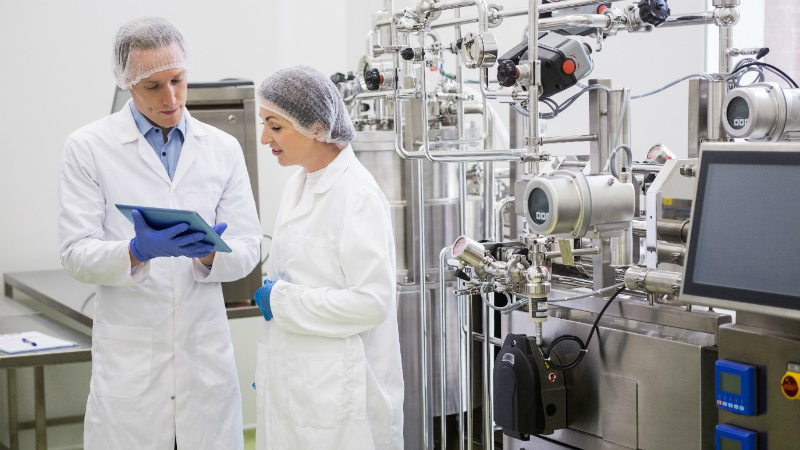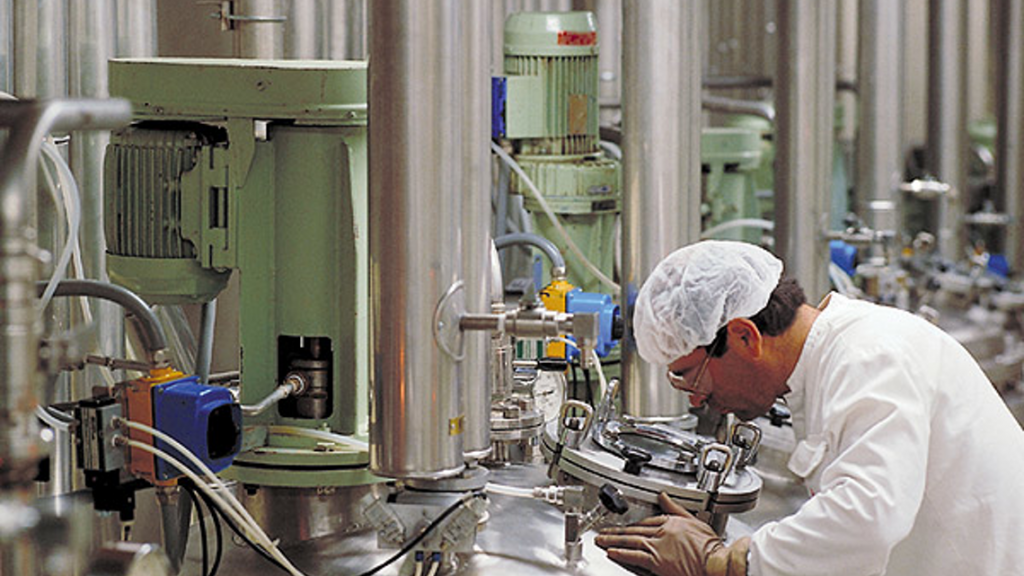How MES Works within the Pharma Sector

MES technology has advanced in a drastic way over the course of the last few years alone and will continue to do so. It will continue to improve in offering levels of functionality and flexibility and as the pharma industry evolves and we are faced with the complex nature of managing drug manufacturing programmes in a fractured UK/EU/US landscape, MES could become one of the key factors in lowering overheads, optimising the production process and increase levels of efficiency. In these challenging times it is no real surprise that there is a need for innovation and a lessening of the cost burdens that we are all facing, but especially so in the time-critical nature of the pharma sector. Here, we take a look at MES and the benefits it can bring to pharma in this evolving and challenging landscape.
As we move into a brave new world within the pharma sector the way in which drugs are developed and delivered into the supply chain and market will continue to evolve. MES needs to adapt to these new conditions and to stay ahead of the game with innovation and robust design. There are a few different trends and predicted trends that will impact the manufacturing process of pharma and how MES helps with the processing of information within these factors.
ICM (Integrated Continuous Manufacturing) allows for the fast production of pharmaceuticals, significantly lowering the lead times of products, improving the level of consistency in delivering a high-quality product and reducing the levels of manual handling of the product itself. This means a better control of the entire process. All of these things allows for a foundation to be built that lends itself to a lean manufacturing process that is always the goal of pharma and the aim of reducing costs and overheads. The fully automated ICM can quickly and safely produce the end product in dosage form from raw chemical ingredients in a process that has short process cycles, flexibility of operation from product to product, a reduced need for storage and inventory programmes, and a higher rate of equipment utilisation.

Another area where MES must keep pace with development is with the aim of pharmaceutical companies in investing in new, individualised treatments. This process is reliant on big data to target specific diseases that affect small portions of a population. You can see this most clearly in the development of implants or joints that have been designed utilising 3D scanning processes.
The clinical trial process is also changing, with a greater emphasis placed on integrating the patient into the entire process. Patients are well informed today, more so than ever before and the patient experience is as much a focus of pharma as the end result of the product these days. The patient can have a big input into the process of improving the planning and design of the product as a whole, not only the clinical aspects, but also the packaging, protection of the product and its delivery into the supply chain.












